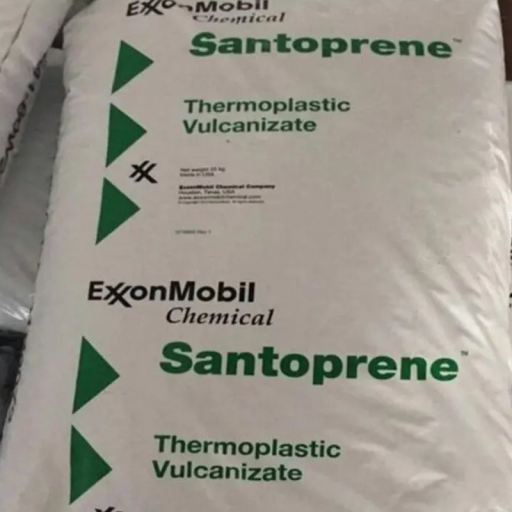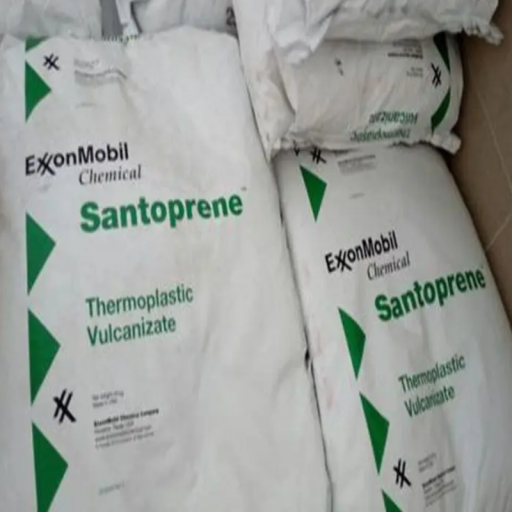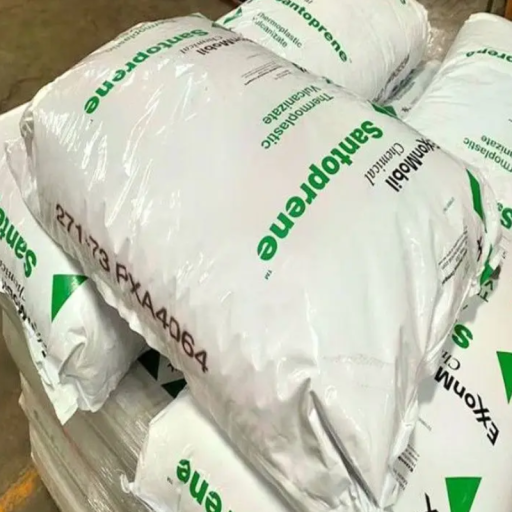This premium-grade TPV plastic resin offers exceptional performance in demanding applications. Known for its ozone resistance, durability, and low-temperature flexibility, it is ideal for use in automotive weather seals, appliance gaskets, and industrial components. Santoprene 101 55 can be processed with ease on conventional thermoplastics equipment, ensuring efficiency and consistency in production while supporting sustainable practices.
TPV Pellets(101-55) Price Range
| Quantity (Kilograms) | Price per Kilogram (USD) |
|---|---|
| 25 - 499 | $6.50 - $7.00 |
| 500 - 1,999 | $6.00 - $6.50 |
| 2,000 - 4,999 | $5.50 - $6.00 |
| 5,000+ | $5.00 - $5.50 |
For accurate pricing and availability of this TPV resin, please contact us directly. Our team is ready to provide detailed information and assist with your procurement needs.
TPV Material Properties
| Property | Value & Unit | Test Standard |
|---|---|---|
| Density | 970 kg/m³ | ISO 1183 |
| Shore A Hardness (15s) | 60 | ISO 48-4 / ISO 868 |
| Tensile Stress at 100% Elongation | 1.88 MPa | ISO 37 |
| Tensile Stress at Break | 5.01 MPa | ISO 527-1/-2 or ISO 37 |
| Elongation at Break | 420% | ISO 527-1/-2 or ISO 37 |
| Compression Set (70°C, 24h) | 23% | ISO 815 |
| Compression Set (125°C, 70h) | 35% | ISO 815 |
| Brittleness Temperature | -60°C | ISO 974 / ASTM D746 |
| Tear Strength | 18 kN/m | ISO 34-1 |
| RTI Electrical (1.5 mm) | 90°C | UL 746B |
| Continuous Upper Temperature Resistance | 135°C | SAE J2236 |
| Burning Behavior (1.5 mm) | HB Class | IEC 60695-11-10 |
TPV Plastic Material Uses
Santoprene 101-55, a durable TPV material, is engineered for applications requiring flexibility, ozone resistance, and long-lasting performance. Its versatility makes it an excellent choice across various industries and demanding environments.
- Automotive weather seals
- Industrial hoses
- Appliance gaskets
- Flexible grips and handles
- Construction seals
- Electrical insulation components
- Thin-wall extruded profiles
- UV-resistant outdoor products
Contact Us for TPV Plastic Granules Information
Santoprene 101-55 is a high-performance solution designed for applications requiring durability, flexibility, and environmental resistance. If you’re seeking reliable TPV resin options, we’re here to provide all the details you need.
Reach out today to discuss product specifications, availability, and how Santoprene 101-55 can support your manufacturing goals. Our team is ready to assist and ensure a seamless procurement experience.




Donald Aliff –
The material strikes a good balance between flexibility and strength, making it suitable for gaskets and seals. It is easy to mold and maintains its integrity under pressure and temperature changes.
Marcos S Rogers –
TPVs are a practical option for industries requiring materials to function in tough conditions. They hold up well in both very cold and hot temperatures without breaking down.
James M Morris –
For those familiar with Santoprene 101-64, the 101-55 variant is slightly softer and less durable under high-stress conditions. However, it performs well for seals not exposed to significant friction or stress. It has a good tactile feel and handles moderate temperature changes effectively.
Monica Davis –
This material is suitable for applications requiring a soft, rubbery texture, such as handles or grips. But for heavy-duty use, it may not be the best option. Its softness means it doesn’t perform as well in high-contact areas compared to harder TPVs.
Robert J Washington –
Santoprene 101-55 is easy to work with—it’s straightforward to mold and has reasonable flow properties, making it suitable for injection molding or extrusion. However, for applications requiring high tensile strength, materials like polyamide or polypropylene are better choices. This material is suitable for sealing or insulating but isn’t strong enough for heavy-duty mechanical components.
Barbara Smith –
The flexibility is fantastic, but if you’re using it in environments with a lot of fluctuation in heat, you may notice some degradation faster than expected. I’ve used it successfully for things like weatherstripping, but high temps are a no-go.
Pat Weaver –
It withstands frequent use better than most standard options. However, it can sometimes feel slightly sticky, making handling a bit challenging.
Mary Hobbs –
The pellets melt efficiently and are easy to use. Compared to some cheaper TPEs I’ve purchased, it’s clearly better.
Roger Lambdin –
Plastic pellets are versatile, easy to work with, and perform well in various outdoor settings. However, they aren’t as durable under heavy use or friction compared to other materials.